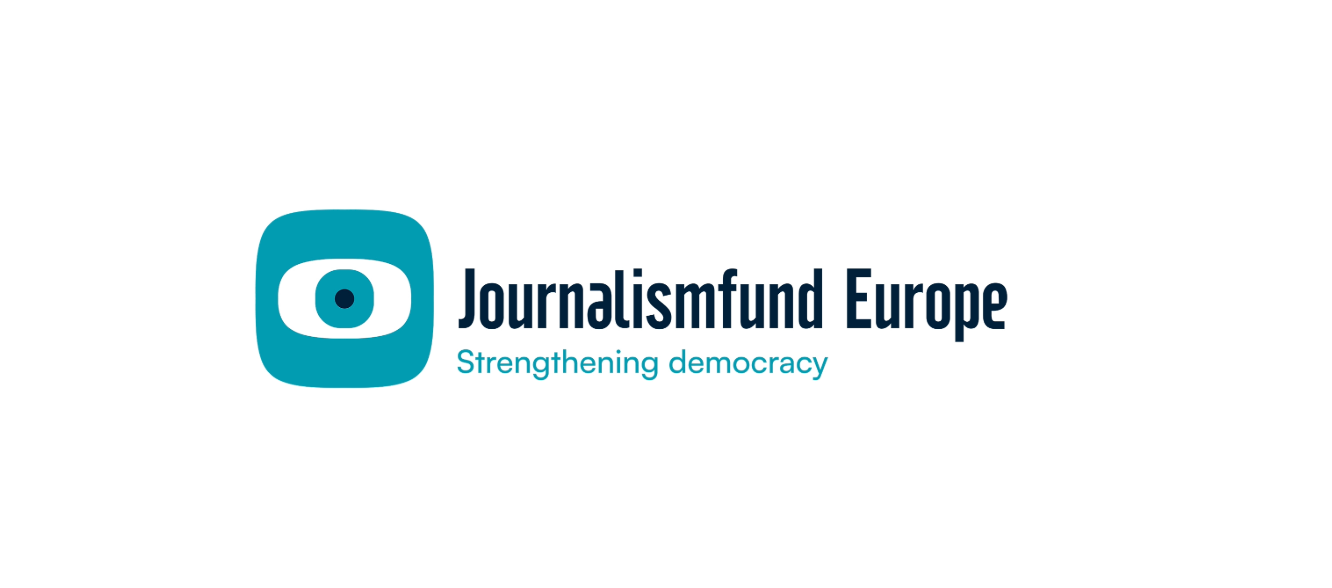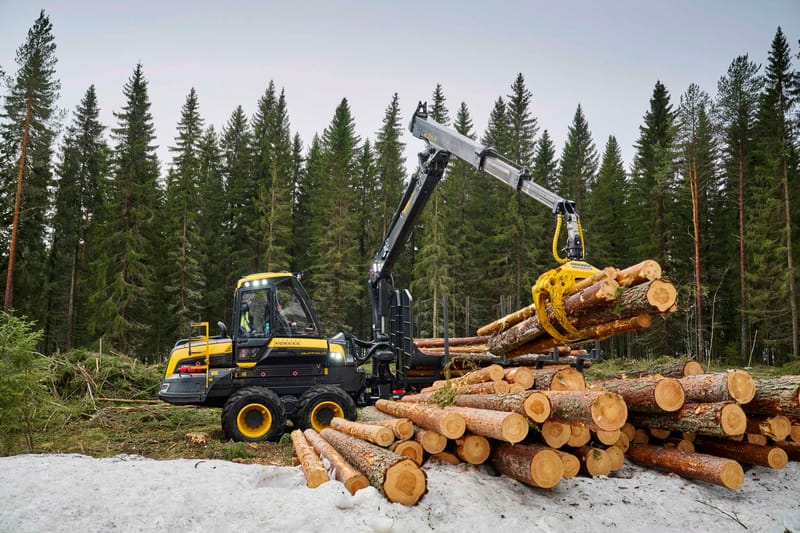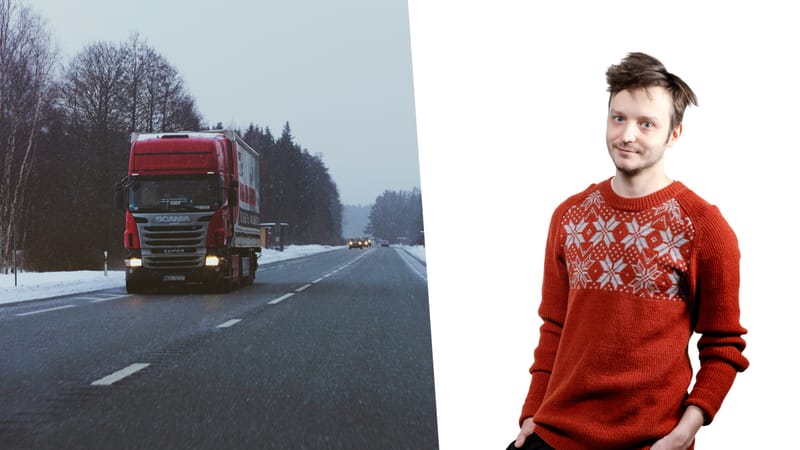Etla: Skilled immigration is key to economic growth in Finland
Finland’s economy has grown over the past decade mainly relying on ICT and digital services. According to Etla, this growth rests on a too narrow foundation – the solution lies in skilled immigration and new investments.

Finland’s economic growth has been positive on average over the past ten years, but it has relied almost exclusively on ICT industries and digital services, according to a new policy brief by ETLA Economic Research (Etla). The growth base is too narrow and skilled workers are needed not only in welfare services, but also in the ICT and digital service sectors.
The Etla Brief 162, The guilty and the innocent in weak economic growth, examines how different sectors have contributed to Finland’s employment, productivity, and overall standard of living. According to Etla, the health and social services sector has significantly boosted Finland’s living standards between 2015 and 2024, as it has created extensive employment in both public and private sectors. However, healthcare services are largely financed by the public sector and operate under regulated prices.
Manufacturing as a whole has reduced Finland’s standard of living. From the perspective of economic growth, construction, transport, and trade have fared even worse.
“Living standards in Finland would have risen faster if employment growth had taken place in high-productivity, growth-oriented sectors instead of in the low-productivity health and social services sector. Working hours have now shifted in the ‘wrong direction’ in certain key sectors, such as distribution services, industry, and construction,” says Etla’s Managing Director Aki Kangasharju.
Measured by GDP, Finland’s living standard grew by an average of 0,6 percent annually between 2015 and 2024. Overall, material living standards increased in Finland by over three percentage points less than in other Nordic or Eurozone countries.
Immigration is key, green energy brings new opportunities
The memorandum stresses that the growing labor shortage in healthcare should be alleviated by introducing more technologies into welfare services. In addition, healthcare staff are needed from abroad.
Immigration is also essential for knowledge-intensive services, which were the most successful sector in Finland’s internal comparison. In digital services, both productivity and employment are increasing – and unlike healthcare, the sector does not depend on public funding.
“One of the most important tasks for Finland’s economic policy is to secure access to skilled labor in digital, or knowledge-intensive industries. These industries rely heavily on intangible capital, and alongside skilled immigration, existing talent in Finland should also be encouraged to advance in their careers. The most effective way to do this is by lowering the highest marginal tax rates,” notes Aki Kangasharju.
Based on the development between 2015 and 2024, Finnish industry will need new sources of growth particularly in the forest and chemical industries as well as in metals refining and metal products.
According to the memorandum, growth opportunities exist in green energy, hydrogen reduction, and related new value chains – but realizing these opportunities will require major material investments. In particular, sufficient capacity in renewable electricity production and grid connections must be secured as the economy undergoes rapid shift into electrification.






